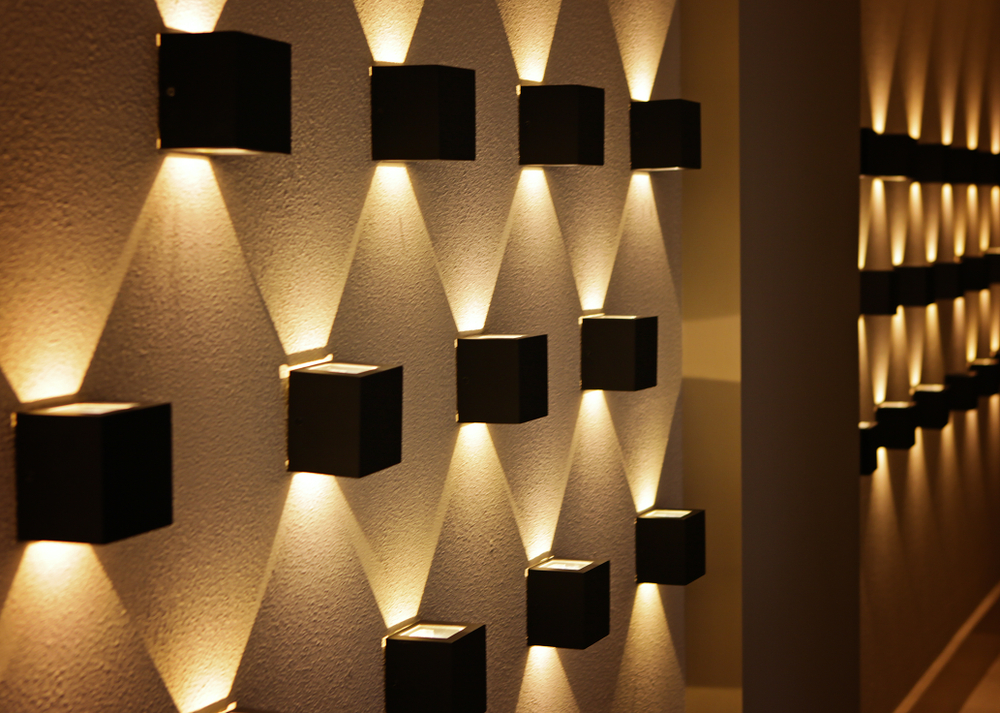The adoption of smart light is being impelled by the government push for smart city projects and the various other developments that have led to the growth of smart buildings. For instance, Prime Minister Narendra Modi launched India’s Smart Cities Mission to create 100 smart cities in 2015. In a similar vein many other countries have various initiatives to foster the growth of smart cities in their respective regions. The focus of smart cities is sustainability, and this is where smart lighting comes in. As per ReportLinker, in 2020, the Smart Lighting is estimated to be around USD 16.2 billion and is expected to reach USD 74.30 billion within a 7 year forecast period, while growing at a CAGR of 29.30%.
Based on insights, let’s take a look at the key trends in lighting technology for the near future.
Lighting experiences that you control
Imagine being able to completely transform commercial spaces at the press of a button, based on a whim. Customers today find that lighting integrations are more versatile, attractive and can be tweaked to their preferences. Commercial businesses can offer a plethora of options when it comes to scene settings or a space. This versatility in lighting options gives a dynamic aura to a space. There are many solutions in the market today that let spaces have infinite colour and controllability with flicker-free dimming at the click of a button. Commercial and residential spaces can be customized to bring a certain mood and aura that gives a new dimension to that space.
Wireless Lighting
As per an article, compact and wireless are the norms for the lighting industry today, with an emphasis on retrofit projects. Technologies like power-line communications and radio-based frequency systems can carry data to and from your fittings. The advent of wireless lighting technology has also led to better control by users over their lighting fixtures. Today, we can implement smart lighting solutions with wireless lighting where sensors are used to conserve energy where possible. Smart controls via devices can lead to numerous possibilities, including automatic lighting controls, based on set needs and preferences. The commissioning, installation, and even the design of lighting systems is simplified and streamlined with wireless controls.
Focus on health and well-being
Lighting plays an important role in our moods, perceptions and can even impact our health. Hospitality venues, commercial spaces, office environments, and even residential areas are focussing on human-centric lighting. Such an approach can have different desired outcomes such as better guest experiences (lighting sets the tone and mood) or enhanced productivity in commercial environments. There are studies that depict how lighting can have a profound impact on one’s creativity and productivity. Apart from this, lighting also impacts one’s circadian rhythm. Post-twilight, dim-light that is free blue-light is critical to our sleep cycles. Improper exposure to blue-light in the evening can supress the release of melatonin, which is critical for sleep. A disrupted circadian rhythm can have deep-seated health implications including hormonal disruptions and the advent of stress-related conditions.
Low energy consumption
LED lights are fast replacing CFL and incandescent lighting solutions with good reason. They consume significantly lower power and can last for as long as 20 years. Various developments in LED lighting technology have fuelled the growth of innovative low voltage lighting infrastructure and can be powered on a single CAT 6 cable. In smart cities, solar lamps are usually led lights with a solar power source. The used of LED based illumination has led to significant opportunities in human-centric lighting, tunability, and controllability apart from the aforementioned features in the article.
Future Outlook
Today, 6 percent of the global CO2 emissions are due to lighting. Switching to energy-friendly technologies like LED can lead to enormous CO2 savings, as much as 1400 million tons. Today, various technologies innovations have given lighting solutions a whole new dimension. The system-based approach to lighting design is expected to continue as the lighting industry becomes a gold-mine for a whole slew of innovative changes.



